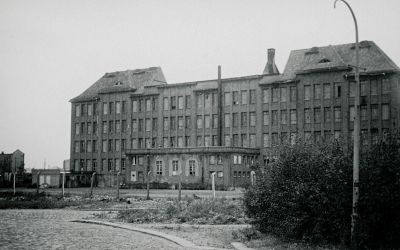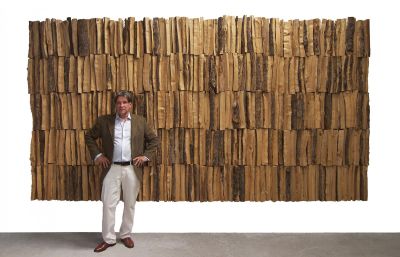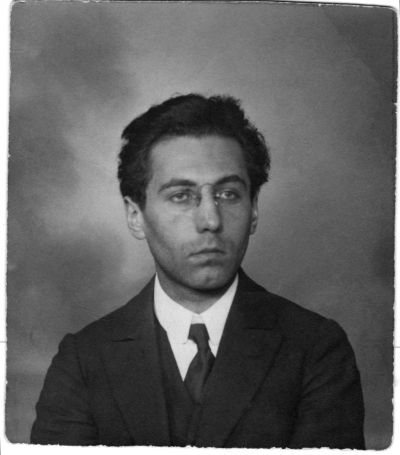Peenemünde: Poles and Hitler’s secret weapon – the V2 rocket
Mediathek Sorted











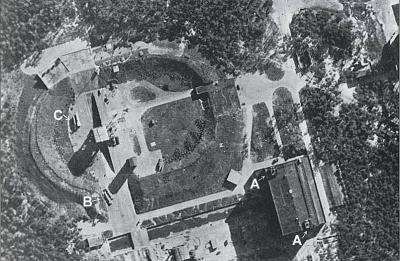








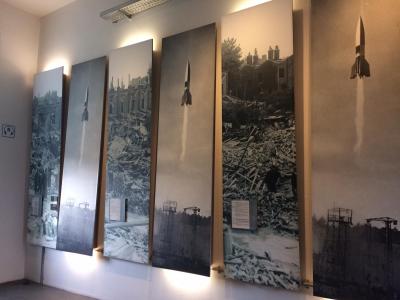



Peenemünde und die Polen - Hörspiel von "COSMO Radio po polsku" auf Deutsch

























September 1992. Germany is preparing to celebrate the second anniversary of reunification on 3 October. At the same time, in the small village of Peenemünde on Usedom in Mecklenburg-West Pomerania, with a population of less than 300, preparations are also underway for the 50th anniversary of the successful start of the V2 rocket (the “V” stands for “Vergeltungswaffe”, or “retaliation weapon”) on 3 October 1942. The German Aerospace Industries Association (Bundesverband der Deutschen Luft- und Raumfahrtindustrie) planned to celebrate this day as the birth of space flight. However, the association failed to mention the original military purpose of the rockets, which were built during the Second World War in the research centre on Usedom, as well as the many thousands of people in London, Antwerp and elsewhere who were killed or injured by aerial bombardments.
The planned events in Peenemünde caused an international outcry, and the celebrations were called off – although only at the last minute. This led to a debate, which ran for several years, about the role of science in the service of a totalitarian state. The Army Research Centre (Heeresversuchsanstalt) on Usedom, which at that time was one of the largest rocket construction sites in the world, is a good example of such a relationship.
The first tests in which liquid rocket fuel was used were already conducted at the beginning of the 1930s in the Kummersdorf research facility, about 60 kilometres to the south of Berlin. However, the proximity to the large city made it impossible to expand the test site. The Third Reich had in the meantime set itself the goal of owning a completely unstoppable weapon. It was decided that the research centre should move to Peenemünde, a small fishing village on the northernmost point of the Baltic Sea island of Usedom. The site for the investment was selected personally by Wernher von Braun, a brilliant scientist and one of the main designers of the V2 rocket, who dedicated his work entirely to Hitler’s regime. The strategic location of Peenemünde appeared ideal as a military testing ground. The strip of coast on which the village lay made it possible to follow the flight path of the rockets for up to 300 kilometres. The village was moved to another location, and in 1936 was replaced by a military testing facility, with a base and an airfield for use by the German Air Force (Luftwaffe).
During the first few years of the facility’s existence, the scientists, engineers, and military experts were provided with essentially unlimited funds. The idea of creating a miracle weapon overshadowed everything else. When the Second World War broke out, work on developing the rockets intensified. An increasing problem, however, was that there were not enough people to work on the site. The only option was to bring in labour from other countries, even though the project had been classified as “top secret”. The first forced labourers arrived in Peenemünde and were later joined by prisoners of war and concentration camp prisoners, among them internees from the Ravensbrück concentration camp. Their number increased from one month to the next. Most of them were Poles and Russians, although they also included French, British, Czech, and Dutch citizens. According to estimates, between 10,000 and 12,000 forced labourers were employed in Peenemünde in total.[1]
[1] Günther Jikeli (ed.): Raketen und Zwangsarbeit in Peenemünde, Introduction, Friedrich Ebert Foundation, Schwerin 2014.













